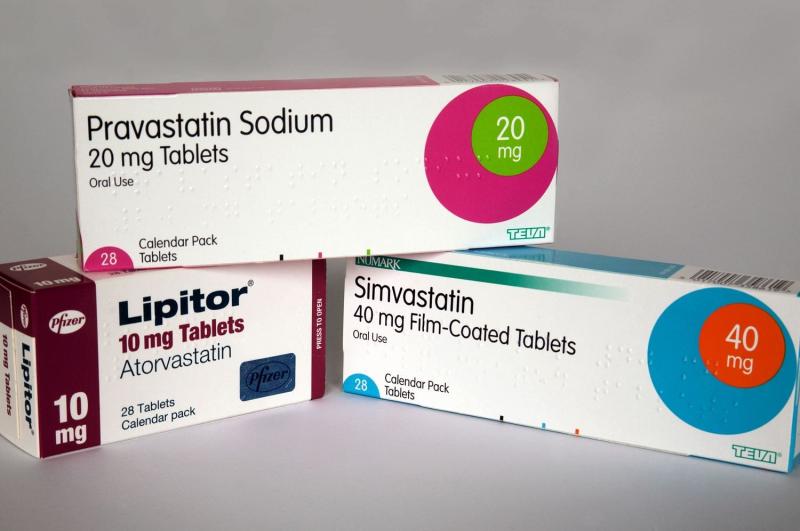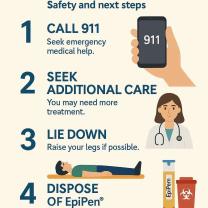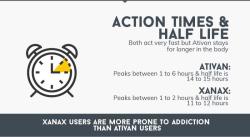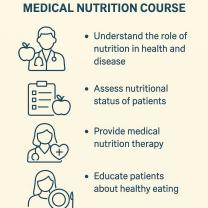Is Lisinopril the same as pravastatin?
Lisinopril and pravastatin are different medications used for distinct medical purposes. They belong to different drug classes and have different mechanisms of action. Here's a brief overview of each medication:
Lisinopril:
- Class: Lisinopril is an angiotensin-converting enzyme (ACE) inhibitor.
- Indications:
- Treatment of hypertension (high blood pressure).
- Management of heart failure.
- Post-myocardial infarction (heart attack) treatment.
- Mechanism of Action: Lisinopril works by inhibiting the conversion of angiotensin I to angiotensin II, a hormone that can cause blood vessels to constrict. By blocking this conversion, lisinopril helps relax blood vessels, reducing blood pressure and improving heart function.
Pravastatin:
- Class: Pravastatin is a statin, also known as an HMG-CoA reductase inhibitor.
- Indications:
- Management of hypercholesterolemia (high cholesterol).
- Prevention of cardiovascular events in individuals with elevated cholesterol.
- Mechanism of Action: Pravastatin works by inhibiting HMG-CoA reductase, an enzyme involved in cholesterol synthesis in the liver. By reducing the production of cholesterol, pravastatin helps lower blood cholesterol levels, decreasing the risk of cardiovascular events.
Differences:
Drug Class: Lisinopril is an ACE inhibitor, primarily used for blood pressure management and heart-related conditions. Pravastatin is a statin, primarily used for cholesterol management.
Indications: Lisinopril is indicated for hypertension, heart failure, and post-myocardial infarction treatment. Pravastatin is indicated for managing high cholesterol and preventing cardiovascular events associated with elevated cholesterol.
Mechanism of Action: Lisinopril primarily affects the renin-angiotensin-aldosterone system to lower blood pressure and improve heart function. Pravastatin primarily reduces cholesterol synthesis in the liver, leading to lower cholesterol levels.
It's essential to take these medications as prescribed by a healthcare professional, and patients should not confuse one for the other. If you have questions or concerns about your medications, it's important to discuss them with your healthcare provider or pharmacist. Combining the expertise of healthcare professionals with regular monitoring can help ensure the safe and effective use of these medications.
Lisinopril and pravastatin are two different types of medications used to treat different medical conditions.
Lisinopril is an angiotensin-converting enzyme (ACE) inhibitor used to treat high blood pressure (hypertension) and heart failure. ACE inhibitors work by blocking the action of an enzyme called angiotensin-converting enzyme (ACE), which helps to narrow blood vessels. By blocking ACE, lisinopril allows blood vessels to relax and widen, which helps to lower blood pressure.
Pravastatin is a statin used to lower cholesterol levels. Statins work by blocking an enzyme called HMG-CoA reductase, which is involved in the production of cholesterol in the liver. By blocking HMG-CoA reductase, pravastatin helps to lower levels of LDL (bad) cholesterol in the blood.
Mechanisms of Action
Lisinopril: ACE inhibitors, like lisinopril, work by blocking the angiotensin-converting enzyme (ACE), which is responsible for converting angiotensin I into angiotensin II. Angiotensin II is a powerful hormone that constricts blood vessels, leading to increased blood pressure. By blocking ACE, lisinopril prevents the conversion of angiotensin I to angiotensin II, resulting in relaxed blood vessels and lower blood pressure.
Pravastatin: Statins, like pravastatin, work by inhibiting an enzyme called HMG-CoA reductase, which plays a crucial role in cholesterol synthesis in the liver. HMG-CoA reductase is responsible for converting a precursor molecule into mevalonate, a building block for cholesterol. By blocking HMG-CoA reductase, pravastatin reduces the production of mevalonate, leading to lower cholesterol levels in the blood.
Side Effects
Lisinopril: Common side effects of lisinopril include dizziness, headache, fatigue, cough, and dry mouth. Less common side effects include angioedema (swelling of the face, lips, or tongue), rash, and low blood pressure.
Pravastatin: Common side effects of pravastatin include muscle aches, weakness, and headaches. Less common side effects include liver function abnormalities and increased blood sugar levels.
Medication Choice and Combination Therapy
The choice of medication, whether lisinopril or pravastatin, depends on the individual's medical condition. Lisinopril is primarily used for treating high blood pressure and heart failure, while pravastatin is used to lower cholesterol levels and reduce the risk of cardiovascular events.
In some cases, individuals may require combination therapy, meaning taking both lisinopril and pravastatin. This is often the case for patients with high blood pressure and high cholesterol, as both medications can work together to address both conditions.
It is important to consult with a healthcare professional to determine the appropriate medication or combination therapy for your specific needs. They will consider your individual medical history, risk factors, and other medications you may be taking to make an informed decision about your treatment plan. Self-treating or adjusting medication dosages without proper medical guidance can be dangerous and lead to adverse health consequences.













